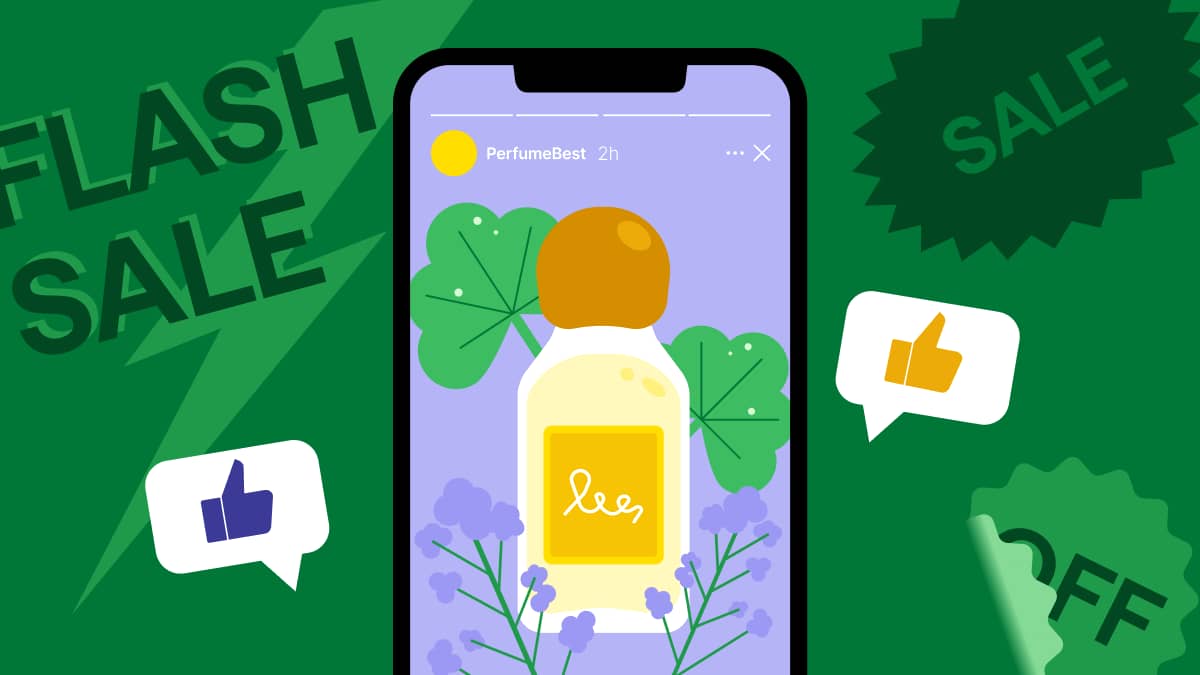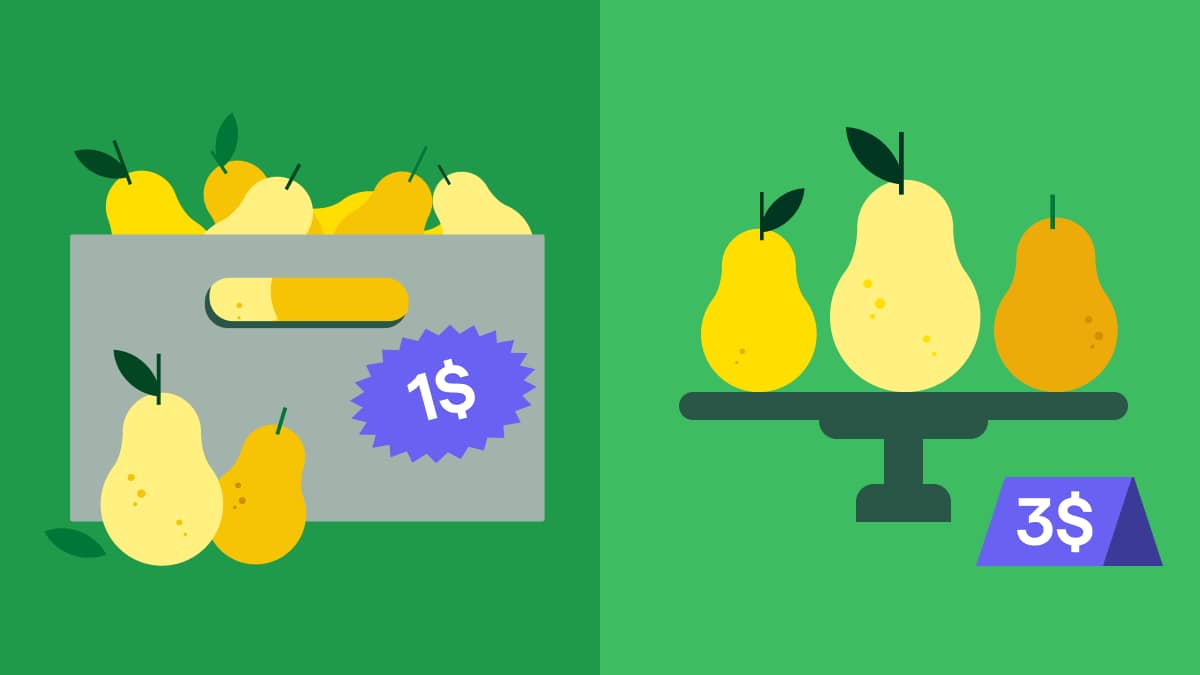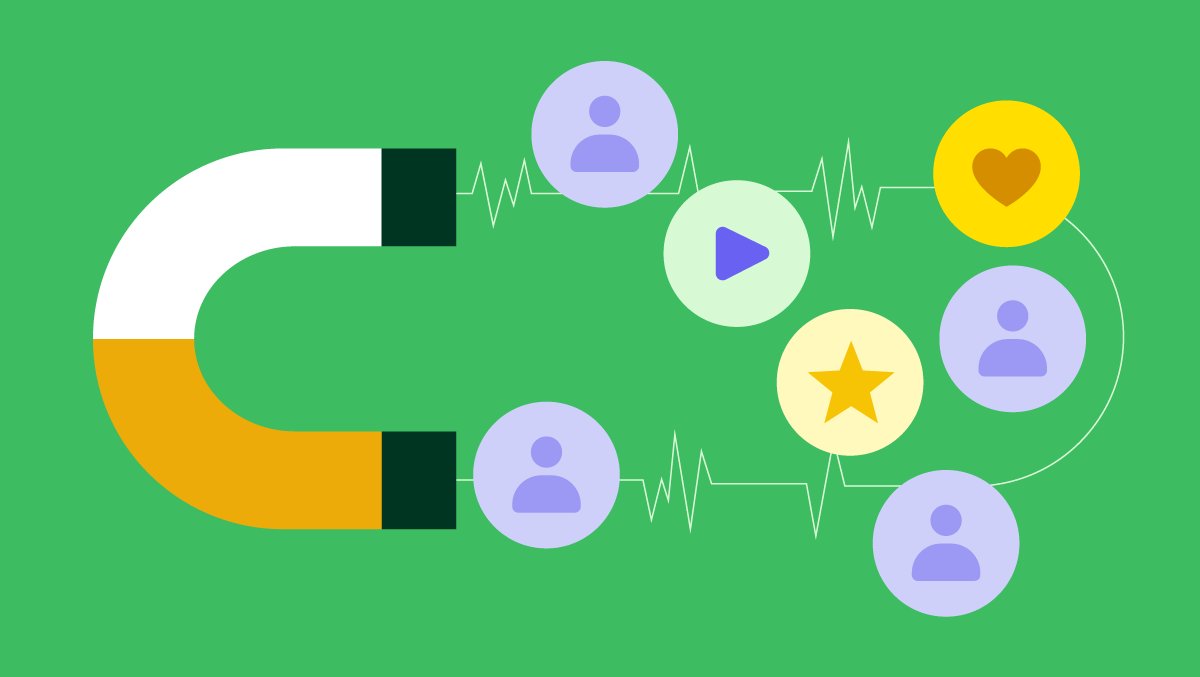Customers take time to make buying decisions. They research options, compare prices and put off purchasing until later.
The fear of missing out (FOMO) speeds up this process. It creates urgency that encourages faster decision-making by highlighting limited availability or time-sensitive offers.
In this guide, you’ll find seven FOMO marketing strategies that work for small businesses. You’ll see examples from successful brands and learn how to use each approach to increase sales.
Key takeaways from FOMO marketing
Fear of missing out (FOMO) marketing drives immediate customer action through urgency and scarcity.
Successful FOMO campaigns accelerate the sales cycle with rapid engagement and demand.
Pipedrive’s Campaigns, Automations, Products and Activities help deliver and track FOMO-driven offers. Don’t miss out yourself – unlock Pipedrive with a free 14-day trial.
What is FOMO marketing and why does it matter?
FOMO marketing uses the fear of missing out to motivate customers to take immediate action and make more impulsive purchases.
It leverages psychological triggers like scarcity, urgency and social proof to make people feel like they might miss an opportunity if they don’t act quickly.
This emotional selling works because humans naturally want what they can’t have or might lose. When you tell customers an offer expires soon, their brain switches to active decision-making.
Using FOMO marketing drives three key consumer behaviors:
It shortens the sales cycle by nudging customers to act faster
It increases conversion rates by giving hesitant prospects a reason to act
It creates buzz and engagement as customers share time-sensitive deals
The strategy works across industries and business sizes. Software companies use limited-time discounts, consulting firms offer exclusive workshops and restaurant owners promote special menus.
The key is to match the FOMO marketing technique to your audience and goals. For example, B2B buyers might respond better to early access opportunities, while B2C companies succeed more with flash promotions.
When you use it intentionally, FOMO marketing builds momentum and drives action.
It’s especially valuable for SMB sales, where creating urgency can help compete against larger players with bigger marketing budgets.
7 FOMO marketing strategies your SMB can use to drive sales
These seven small business marketing strategies tap into different parts of FOMO psychology. Each approach creates a sense of urgency in its own way, giving you multiple options to test with your audience.
1. Create urgency with limited-time offers
Limited offers create urgency by putting a deadline on your deal. Customers know they need to act before the offer expires or they’ll pay full price.
This strategy gives procrastinators a clear reason to buy now. Instead of adding your product to their mental ‘maybe later’ list, they face a concrete deadline that forces a decision.
Example: McDonald’s McRib campaign drives massive demand
McDonald’s uses limited availability to create massive demand for the McRib sandwich. The company brings it back for short periods, never announcing when it’ll return or how long it’ll stay.
This approach turns a simple pork sandwich into a cultural phenomenon. Customers track locations on social media and drive long distances to find one before it disappears again.
The limited time makes people value it more than if it were always available.
How to use limited-time offers in your marketing
First, choose a product or service for which you can offer a discount. Set the sale price, choose a deadline and prepare all marketing content before you launch.
When you have an offering in mind, apply these best practices to drive customer engagement:
Limited-time offer best practices | Why it works |
Choose offers that feel valuable but don’t hurt your margins | A 20% discount on a high-margin service works better than 50% off a low-margin product. |
Set deadlines between 24 hours and a week | Flash sales (24 to 48 hours) create maximum urgency. Week-long sales give customers time to think while still feeling pressure. |
Create specific deadlines like ‘ends 11:59 PM Tuesday’ rather than ‘ends soon’ | Exact deadlines feel more real and push people to act. If it says ‘ends soon’, they might think there’s no pressure to act. |
Make the regular price visible next to the sale price | Show customers what they’re saving with crossed-out original prices. |
Have a clear reason for the deadline | Make the time limit feel natural, like an end-of-quarter sale or ‘anniversary weekend only’ sales promotion. |
You can leverage a customer relationship management (CRM) system like Pipedrive to manage and automate your sales processes, including FOMO offers.
With Pipedrive’s Campaigns add-on, you can set up automated email sequences for limited-time offers. Build your sequence with three key messages:
The initial offer announcement
A mid-point reminder highlighting the discount amount
A final ‘last chance’ email with urgent language
In the campaign builder, each email appears as a separate step that you can customize with subject lines, content and call-to-action (CTA) buttons.
Use the “Schedule for a specific time” feature to time these messages. After your initial email, delay for one or two days and send your reminder email. Add another delay for the final day.
2. Drive demand with scarcity tactics
Scarcity tactics work by restricting availability instead of time. You tell customers there are only so many items or spots available, showing them they’ll miss out if they don’t act.
When people think something might become unavailable, they value it higher and move faster to get it before someone else does. This strategy is particularly useful for e-commerce sites like Amazon, which show real-time stock levels on their stores.
Example: Clubhouse’s invite-only strategy
The audio-only social platform Clubhouse used an invite-only model to drive demand during its rise. New users could only join if an existing user sent an invite. The app was also only available on iOS, further limiting access.
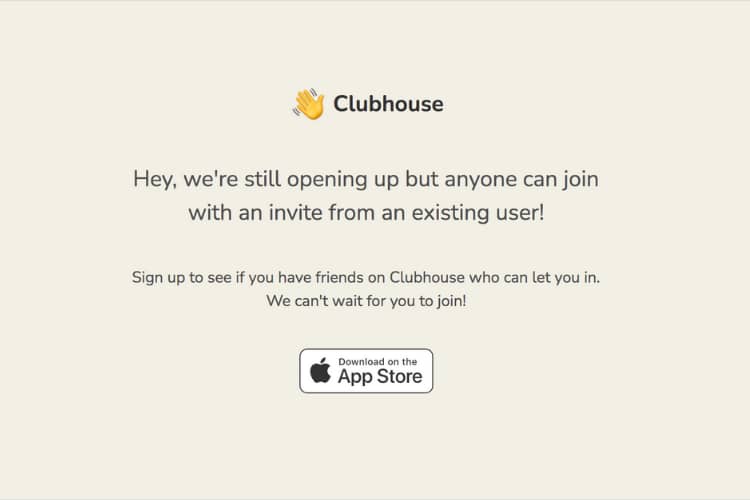
The invite-only policy created a massive sense of FOMO. It made people feel like they were missing out on a new, important business networking opportunity. The scarcity of access drove Clubhouse’s early growth and helped it become a hot topic.
How to use scarcity tactics in your marketing
Find a product you can genuinely limit. The scarcity must be real to maintain your brand’s reputation.
Once you’ve chosen what to limit, use these tricks to drive demand:
Scarcity tactic best practices | Why it works |
Show specific quantities like ‘7 left in stock’ | Exact numbers feel more believable than vague phrases like ‘almost sold out’. |
Limit access to premium services or consultation spots | Capping monthly client intake means service-based businesses can also drive scarcity. |
Create product bundles available for short periods | Bundling slow-moving items with popular ones helps sell inventory while creating urgency. |
Use geographic scarcity for local businesses | Making a product or service only available in one place makes it feel exclusive, especially for restaurants and local events. |
Set enrolment caps for courses and programs | Educational content feels more valuable when spots are limited. |
Pipedrive’s Products feature helps you manage scarcity campaigns.
First, navigate to the “Products” section and click “+ Product”. Enter the product name and set the total available quantity.
Add the scarcity limit to the name (e.g., ‘15 spots only’) so your team always sees the maximum number of sales.
Add your regular price in the main price field.
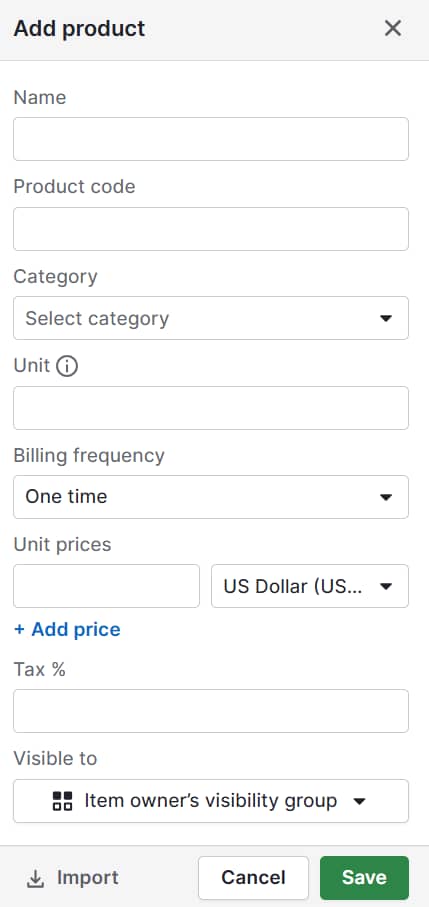
In the product detail view, click “+ Add variation” and name it something like ‘Early Bird Discount’. Set the discounted price here.
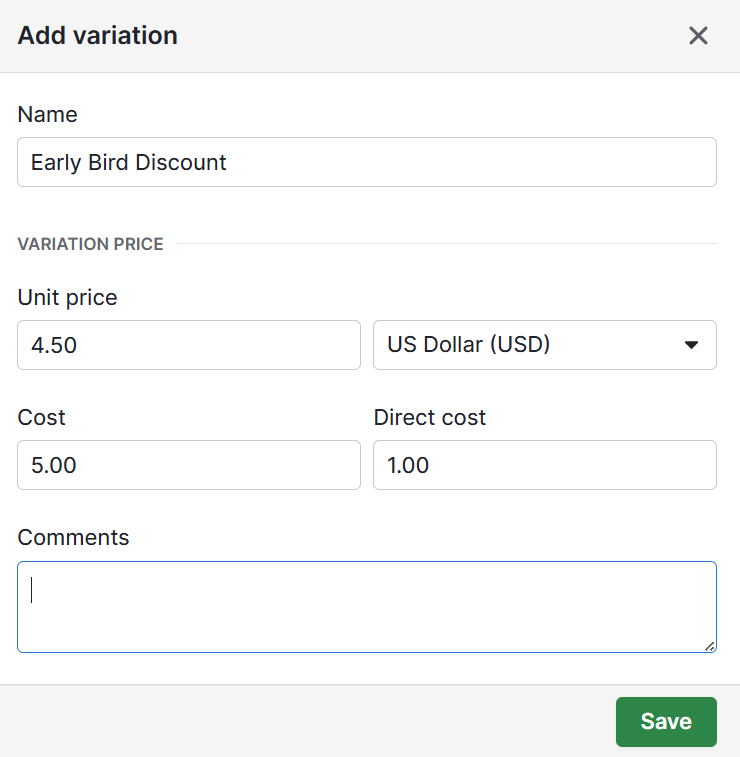
In the product description, include all relevant details so your sales team can answer questions quickly.
When a salesperson creates a new deal for someone interested in your limited offering, they add the product.
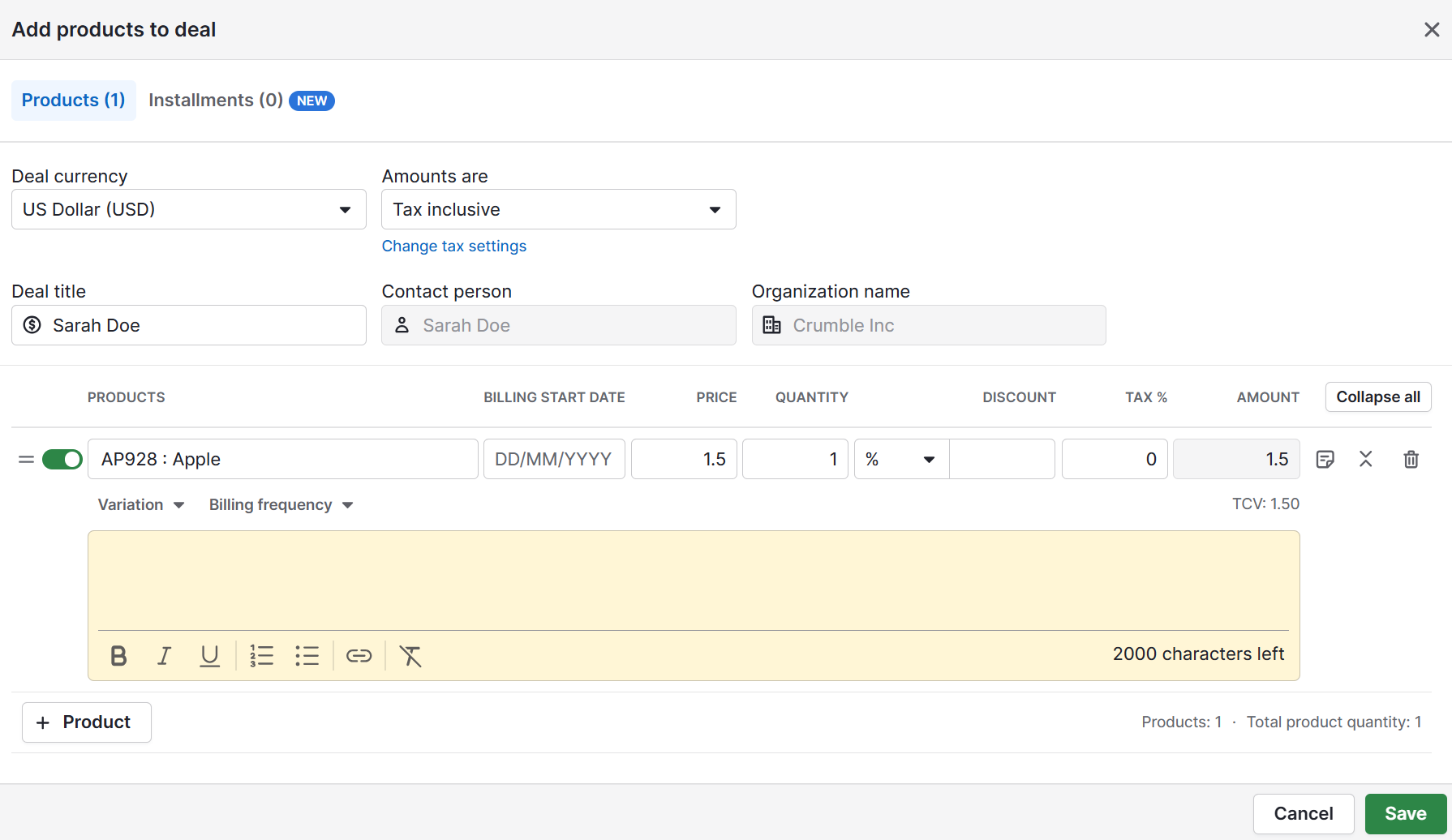
The deal value automatically reflects the sale price, making it easy to track revenue from your scarcity campaign against its regular pricing.
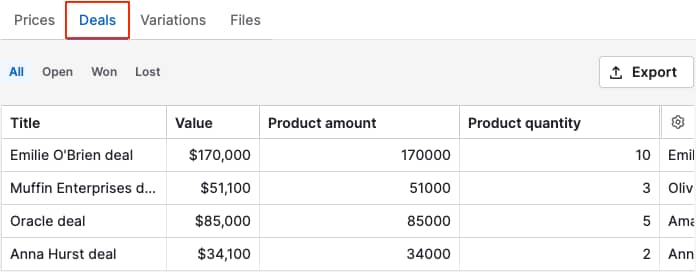
Track remaining spots by manually updating the unit quantity field each time you close a sale. If you started with 15 spots, change the quantity to 14 after your first booking, and so on.
Download Your Sales and Marketing Strategy Guide
3. Build trust and desire with social proof
Social proof shows your customer base that others have already bought and benefited from your product. People who see positive testimonials and reviews feel more confident making the same purchasing decision.
This approach alleviates anxiety by showing that your offering is worth it. People naturally follow others, especially when they’re uncertain.
It’s useful for customer demographics that are more active on social media, like Gen Z and millennials.
Example: Booking.com drives urgency with real-time social proof
Booking.com uses multiple types of social proof to push travelers to book. The site shows each location’s rating and how many people viewed a hotel in a prominent place.
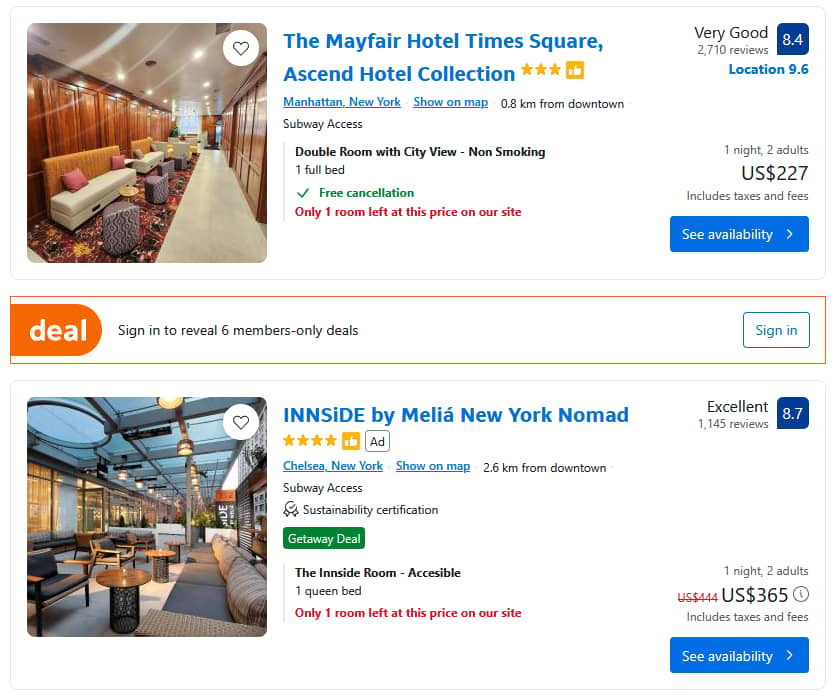
It also displays messages like ‘3 other people are looking at this hotel right now’ and ‘only 2 rooms left at this price’.
These real-time updates create urgency by indicating active demand from other customers.
How to use social proof in your marketing
Start by collecting examples of sales success. Get testimonials, create customer stories and find usage statistics to showcase in your marketing.
Once you have social proof content, use these FOMO marketing tactics to drive action:
Social proof best practices | Why it works |
Display specific customer numbers | Exact figures like ‘trusted by 3,000 businesses’ feel more credible than a vague ‘thousands of customers’. |
Show recent customer activity | Real-time social proof highlights the level of demand you’re getting, showing customers they might miss out if they don’t act. |
Feature testimonials from people who match your ideal customer profile | Customers trust recommendations from people with similar needs. |
Include photo testimonials and video reviews | Visual proof feels more authentic than text-only testimonials. |
Highlight social media mentions and user-generated content | Photos and videos from real customers are more relatable than polished content marketing. |
Showcase endorsements or industry awards | A stamp of approval from a respected influencer or organization makes your brand look more legitimate. |
Pipedrive’s Activities feature helps you track and collect social proof. After successful deals close, create activities to follow up and gather customer feedback.
Look for contacts with high email open rates, multiple purchases or frequent interactions with your team. Engaged customers like this are often more willing to share positive experiences.
Set up automated reminders to reach out to satisfied customers after a month or so. When you follow up, record any successful case studies in the “Notes” section of each customer’s contact record.
Pipedrive in action: AppAgent uses Pipedrive’s activity reminders to ensure it never misses client follow-ups. It sets reminders for 30 and 90 days after closing to conduct a client satisfaction review. Since investing in Pipedrive, AppAgent has doubled in size.
4. Offer exclusivity for high-value engagement
Exclusivity makes customers feel special. It gives them access to products and offers that aren’t available to everyone, creating a sense of belonging.
When you create an exclusive deal, you turn your brand into a desirable community that customers want to join.
Example: Sephora’s Beauty Insider program
Sephora’s Beauty Insider program is a tiered loyalty system that rewards customers with exclusive perks. Members get points for purchases, but exclusive access is the real draw.
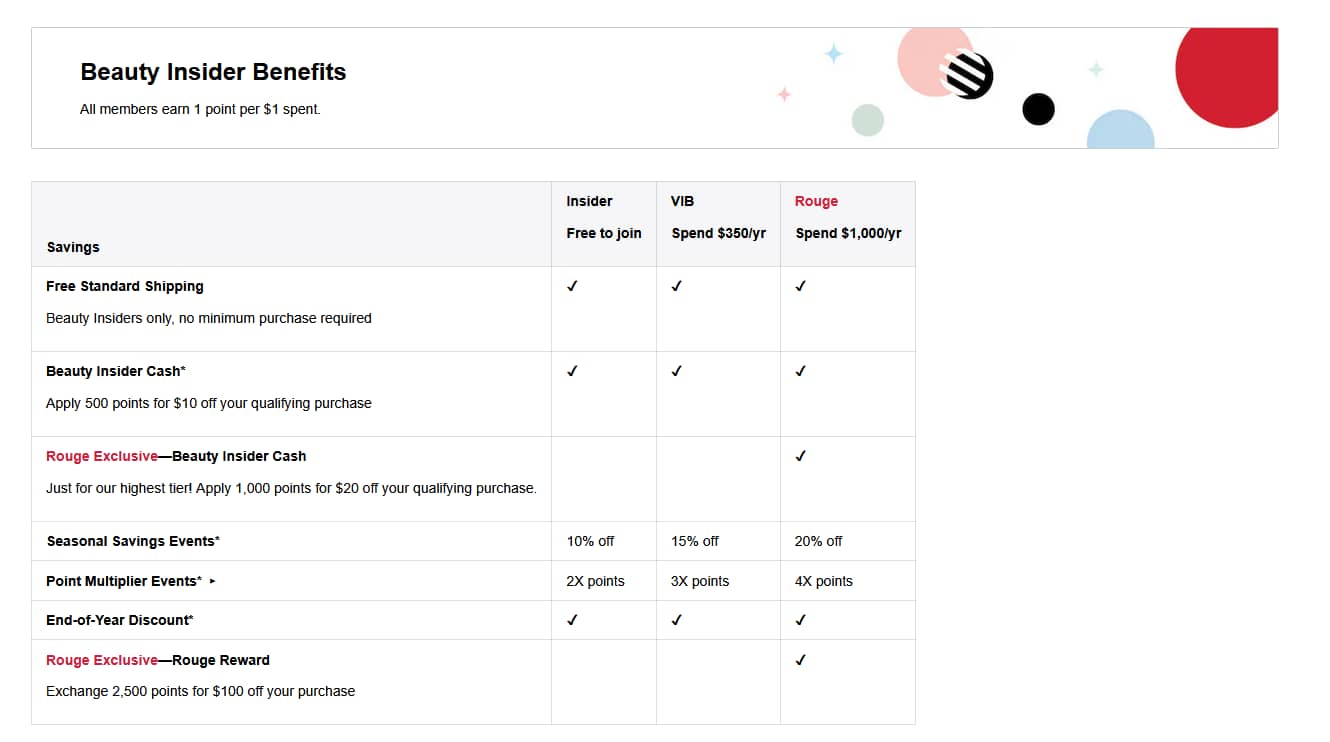
Higher tiers unlock access to special events, new products and unique gifts, making top customers feel valued and encouraging others to spend more to reach the next level. This exclusivity creates loyal customers who keep purchasing from you.
How to offer exclusivity in your marketing
Find a suitable customer segment to target, like repeat customers or high spenders. Then, create an offer that recognizes and rewards them.
Common VIP criteria include:
Customers with a total lifetime value above a certain amount (e.g., over $1,000)
Clients who have bought from you multiple times (e.g., have more than three won deals)
Long-term customers who have been with you for more than a year
Once you’ve defined your VIP customers, use these tactics to create exclusive offers:
Exclusivity best practices | Why it works |
Create a VIP loyalty program with tiered benefits | Rewards your best customers and incentivizes everyone to engage more and unlock better perks. |
Grant early access to new products or sales | Makes members feel like insiders, creating urgency to buy before sales open to general customers. |
Provide access to exclusive content or communities | Private forums and members-only content add value and strengthen your community. |
Offers a unique experience that builds deep brand loyalty and advocacy. | |
Create limited-edition products for members only | Boost sales by combining exclusivity with scarcity, making the product a coveted status symbol. |
Pipedrive’s Campaigns feature gives you the tools to find your most valuable customers and share exclusive experiences with them.
First, go to your contacts list and create a new filter.
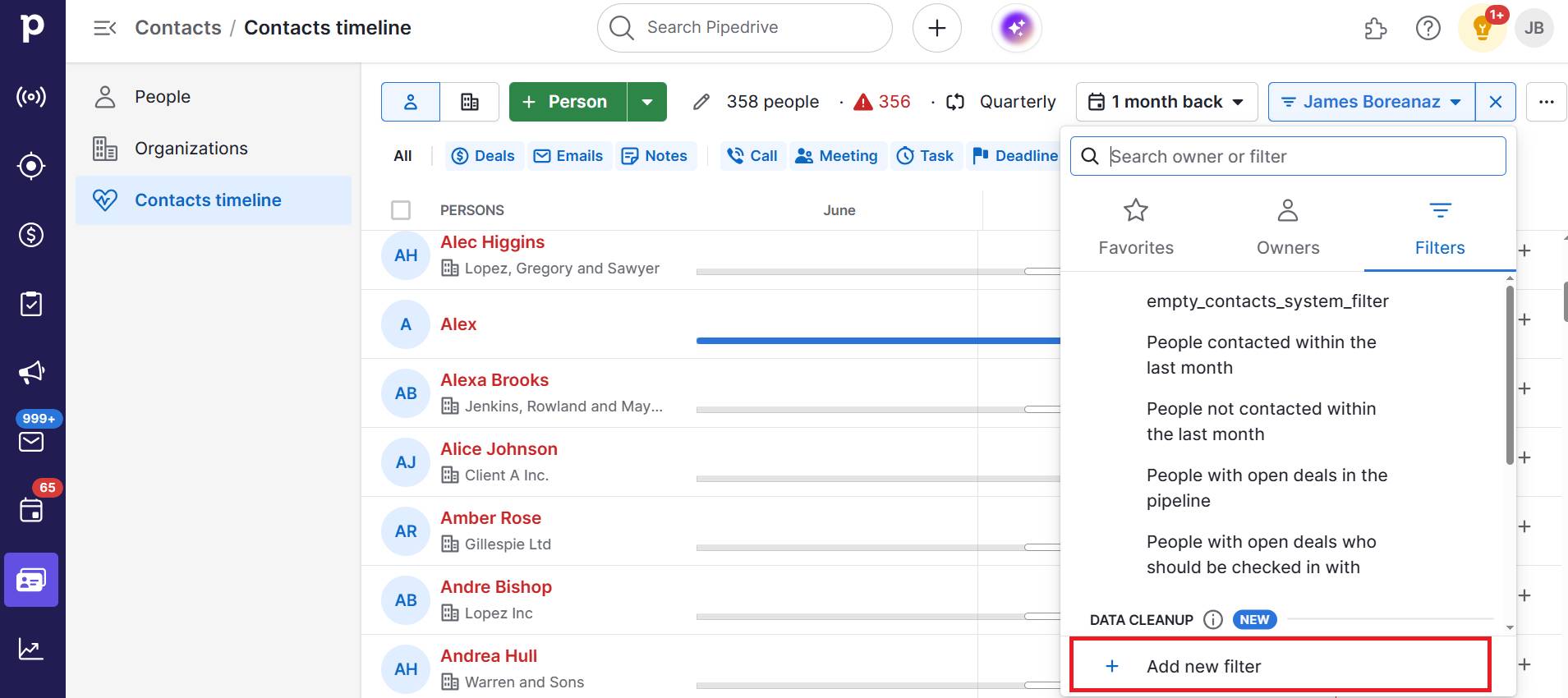
Set the conditions based on the criteria you chose for your VIPs. For example, you could find high spenders by setting the filter condition to the “Total value of won deals”.
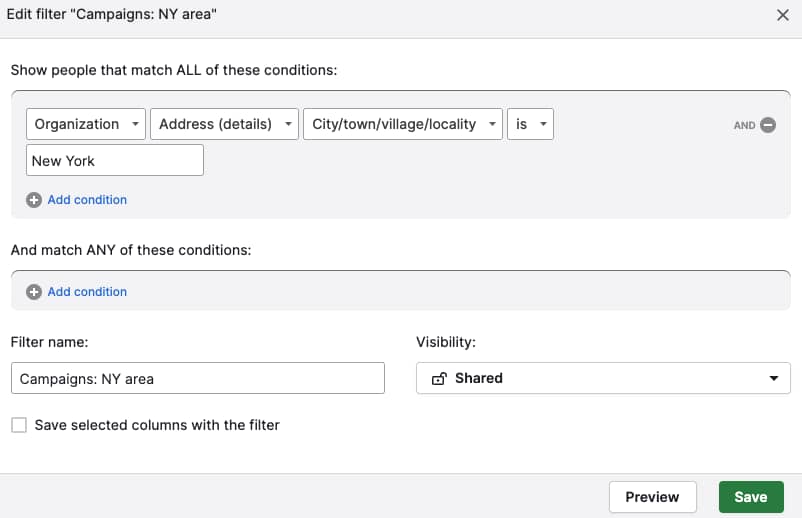
Once you apply the filter, Pipedrive will show you who meets your criteria. Save this filter and give it a name, like ‘VIP Customer List’.
Create a new campaign and choose your VIP filter as the recipient. Use Pipedrive’s AI email writer to speed up this process. The email will only go out to that group when you hit send.
Pipedrive in action: Trainify uses Campaigns to manage email marketing, saving the company two hours a week. It sends individual campaigns to attract prospects and keep sales and campaign information in one place.
5. Use countdown timers and expiring content
Countdown timers create visual urgency. When people see the time literally ticking away, it triggers their fear of missing out and makes the time pressure impossible to ignore.
Expiring content, like Instagram Stories, leverages the same principle. Viewers know the content won’t be around forever, so they’re more likely to watch it right away.
Example: Best Buy’s “deal of the day” drives quick purchases
Best Buy is one of the best FOMO marketing examples. It has prominent daily countdown timers for deals, showing when each offer expires.
When the deal ends, Best Buy removes it entirely. Customers know that when the timer hits zero, the discount disappears forever.
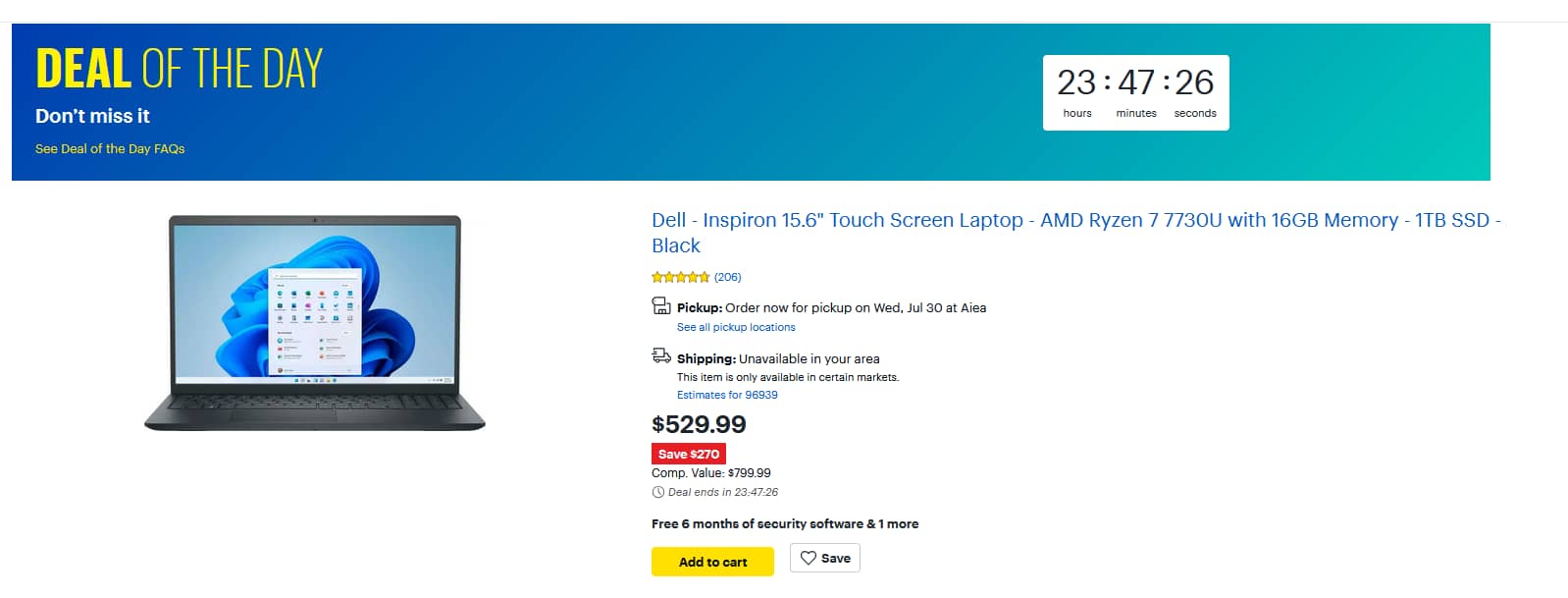
The timer element drives customers to make quick decisions rather than bookmarking deals for later.
How to use countdowns in your digital marketing
Come up with a few promotions and create deadlines you can stick to, then use these best practices to make the most of your countdowns:
Countdown timer best practices | Why it works |
Add a banner timer to your website during a sale | The constantly clicking clock reminds customers that the opportunity is slipping away. |
Embed a countdown timer in your promotional emails | It brings urgency to the customer’s inbox and makes your ‘last chance’ emails more effective. |
Use Instagram or Facebook Stories for flash sales | The 24-hour lifespan of Stories is perfect for deals that only last one day and encourage daily check-ins. |
Set an expiration timer on a customer’s shopping cart | Reduces cart abandonment by letting customers know their items will become a missed opportunity if they wait too long. |
Use an exit-intent pop-up deal to convince customers to buy | Gives website visitors a reason to buy (like freebies or cheap shipping) if they stay on your store and complete their purchase. |
Pipedrive’s workflow automation lets you trigger time-sensitive emails without lifting a finger. You can set up workflow triggers that send countdown emails based on deal stages or dates.
When someone shows interest in your offer, create a deal and let automatic workflows handle the follow-up sequence. Pipedrive will send your initial email, then trigger reminder messages at your chosen intervals.
Pipedrive’s Campaigns feature lets you build emails with HTML blocks for countdown timers. Simply copy and paste the HTML code from your third-party email marketing tool into Pipedrive’s HTML block.
6. Create anticipation with pre-launch waitlists
A pre-launch waitlist builds demand for a product before it’s even available. When you ask potential customers to sign up for a waitlist, you create a buzz.
This strategy's bonus is that it gives you a ready-made email list of warm leads to market to on day one.
Example: Nintendo Switch generates massive pre-launch demand
Nintendo announced the new Switch console months before release and opened pre-orders with limited stock quantities. It built anticipation with carefully timed reveals and exclusive events leading up to launch.
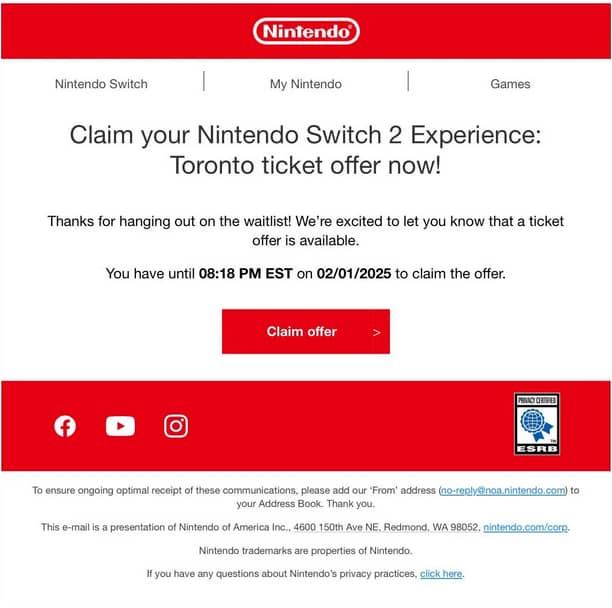
Customer interactions in the lead-up also gave Nintendo valuable data about expected sales volumes, which helped plan production and marketing budgets.
How to use pre-launch waitlists in your marketing
Plan your waitlist campaign well before your product is ready. The goal is to build momentum so you can launch with a bang.
Use these sales tactics to build effective waitlists:
Pre-launch waitlist best practices | Why it works |
Create a simple landing page with a clear value proposition | Clearly explains what exciting thing is coming and focuses on the single action of signing up. |
Offer an incentive for joining the waitlist | Give customers a launch-day discount or limited beta access to encourage sign-ups. |
Keep your waitlist engaged with regular updates | Send periodic emails and progress updates to keep your future product top-of-mind. |
Pipedrive’s LeadBooster feature includes Web Forms, which lets you build customizable pages that sync with your CRM system.
Use Web Forms to add signup fields to your product pages or send them directly to customers via email or social media.
Set up custom fields in your forms to gather key information about your customers’ needs and preferences. Ask questions like ‘Which features are you excited about?’ to find out what your target audience wants most.
When a prospect submits a form, Pipedrive will automatically create a contact and send you an email notification.
You’ll be able to see their responses in real time, which will give you insights to guide your launch strategy and product management.
7. Spark engagement with FOMO-driven contests and giveaways
Contests and giveaways tap into the fear of missing out on a valuable prize. As there are only a limited number of winners and a fixed time to enter, participants feel a strong urge to act quickly.
This strategy helps grow your audience, build brand awareness and generate leads – all while providing a fun customer experience.
Example: Glossier’s limited-edition giveaways
Glossier runs regular Instagram contests for exclusive products that customers can’t get elsewhere. To extend the contest’s reach, it sets entry requirements, such as sharing posts.
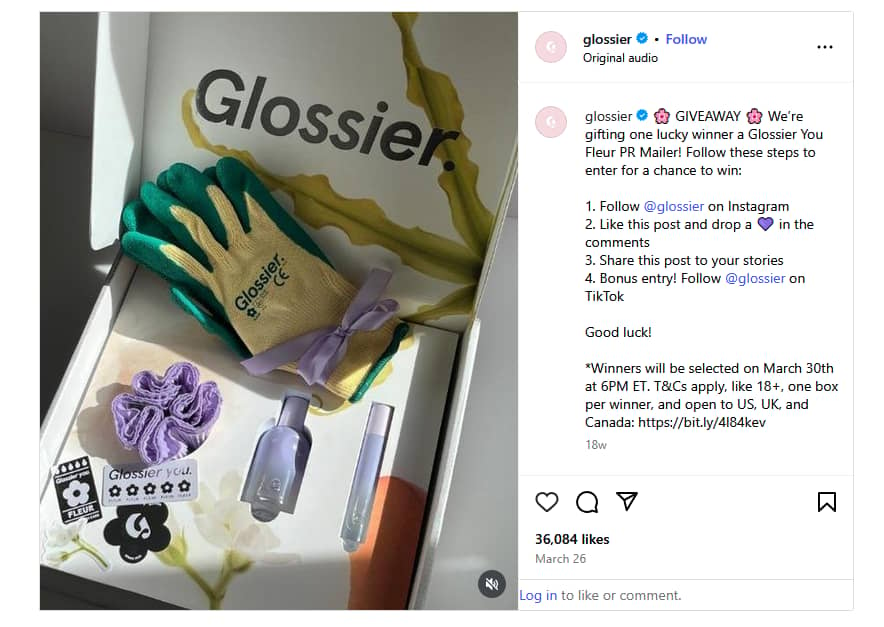
Glossier then announces winners publicly and showcases their prizes, which helps keep participation rates high in future giveaways.
How to use contests and giveaways in your marketing
Find something your audience wants but can’t get elsewhere. Custom or unique products create more FOMO than generic prizes like gift cards.
Once you’ve got a compelling prize, use these strategies to maximize engagement:
Contest and giveaway best practices | Why it works |
Set clear entry deadlines | A limited entry time creates urgency and prevents people from forgetting your contest. |
Require actions that expand your reach | Tagging friends and sharing posts grows your audience organically. |
Announce winners publicly | Social proof shows the contest is legitimate and builds excitement for the next giveaway. |
Create multiple ways to earn entries | Bonus entries for extra actions (like subscribing to your email newsletter) increase engagement. |
Pipedrive’s Insights and Reports lets you build custom dashboards to track your giveaway results.
To enable tracking, go to “Company Settings” > “Data fields” and set up a custom source channel.
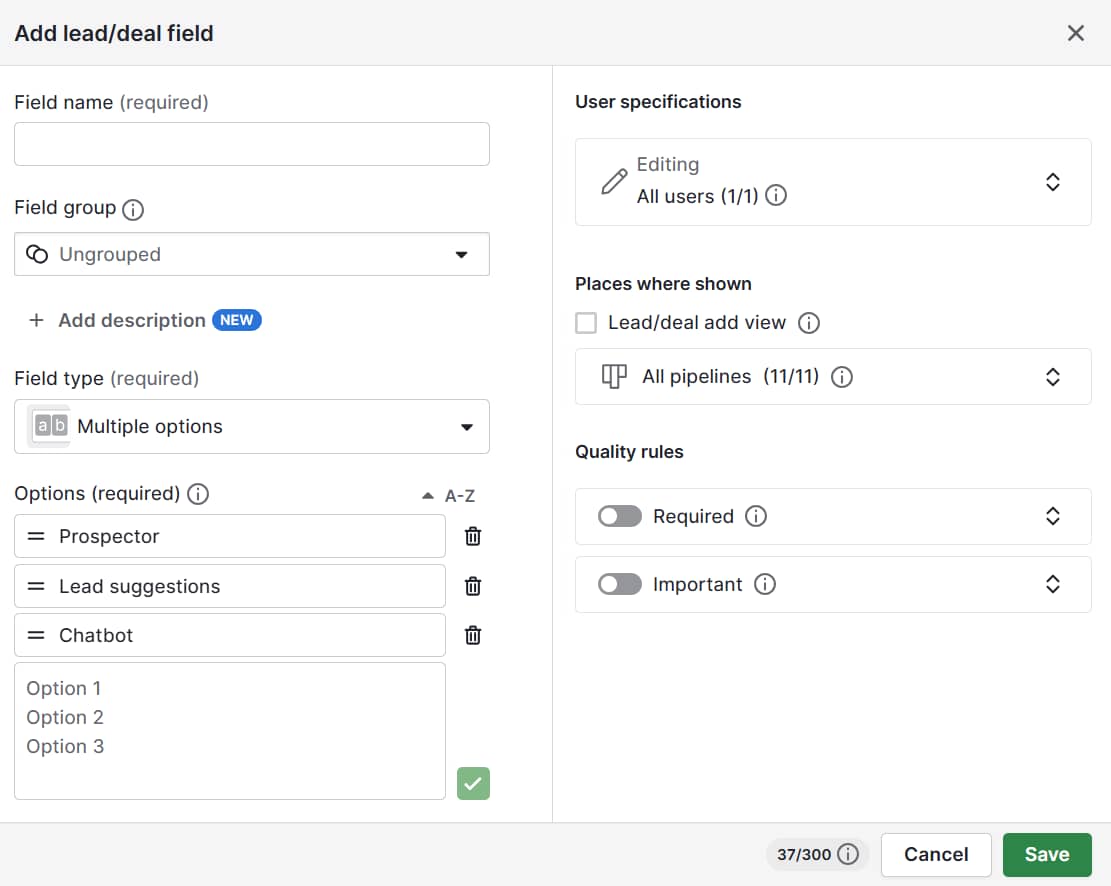
Add a specific value like ‘Giveaway contest 19th July’. When you add new contacts from the giveaway, select this source channel so you know where they came from.
After you launch your giveaway, create a custom report to see how many leads came from your giveaway. Go to “Insights” and hit “+ Create” > “Report”.
In the report builder, find the “Filters” section and add a filter for your customer source channel.
When a sales rep creates a new deal from a contest entrant, the dashboard will update your charts.
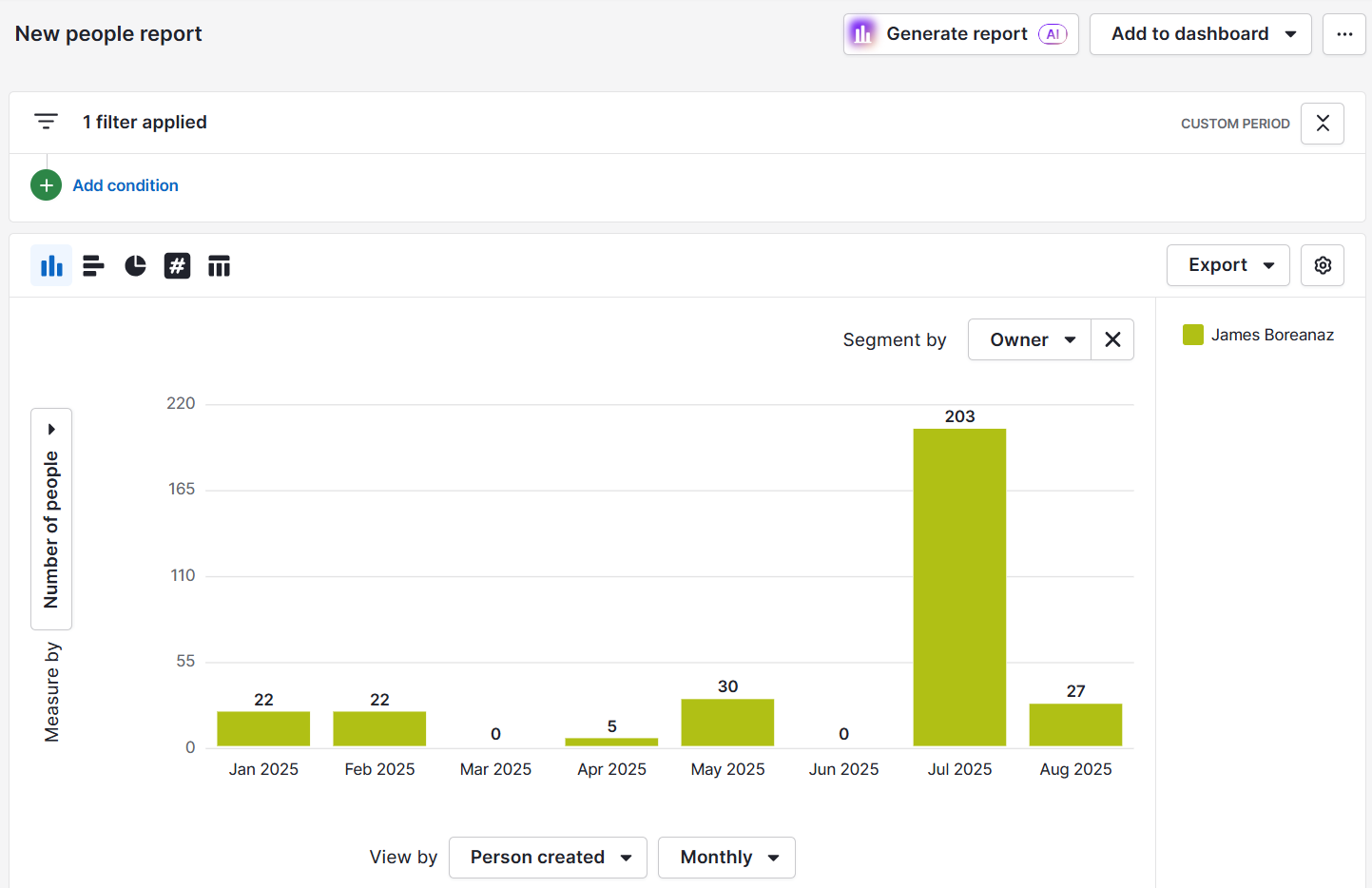
You’ll see the financial impact of your giveaway at a glance, giving you concrete data to prove the value of your marketing campaigns.
Final thoughts
Effective FOMO marketing helps customers make decisions when an offer genuinely benefits them. When you understand the psychology of urgency, you convert browsers into buyers.
Begin with one or two strategies that fit your audience, then measure the impact and refine your approach.
When you’re ready to put the power of FOMO marketing into action, use Pipedrive to bring your sales process together.
Start your 14-day free trial to see how it helps you capture leads and streamline FOMO marketing campaigns.
